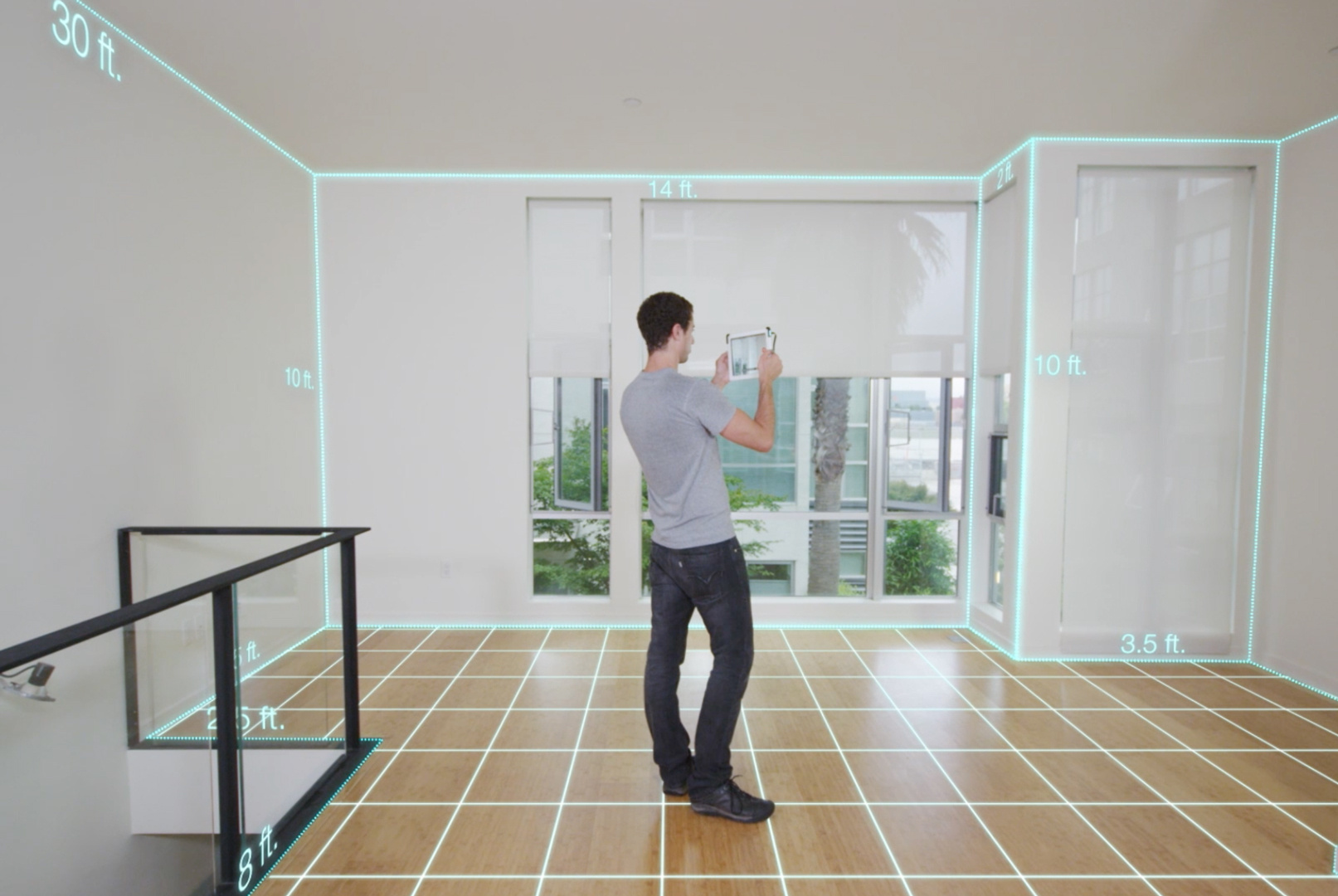
Understanding CAD and Its Role in Home Remodeling and Construction
Before the advent of computer-aided design (CAD), most architectural and engineering drawings were sketched manually on giant sheets of paper. If designs needed to be changed, you couldn’t simply edit with a few mouse clicks. You literally had to go back to the drawing board with a pencil and paper.
Today, CAD is an indispensable tool for contractors, interior designers, architects, and engineers in modern home remodels and construction. While one can’t help but get caught up in the nostalgia and charm of pencils, rolls of paper, and large workstations, there’s no turning back from CAD software capabilities that are both practical and transformative.
What Does CAD Do?
CAD does exactly what the name implies. It uses computer software to assist with the creation, modification, and optimization of 2D and 3D designs. A 3D model can be rotated and viewed from any angle for better visualization of the final results. The design can then be analyzed to identify and address potential problems, test different materials and tolerances, and identify opportunities to reduce waste.
Collaboration between industry professionals is seamless with CAD because designs can be shared through the cloud. This simplicity of communication and data sharing not only improves productivity but also minimizes confusion and surprises that can cause tense moments with colleagues and clients.

3D CAD file & 2D AutoCAD floor plan created by Canvas
How Is CAD Used in Home Remodels and Construction?
CAD is essential for the successful planning and execution of home remodeling and construction projects. CAD programs unleash creativity by allowing professionals to explore different interior and exterior design ideas, from innovative floor plans to individual finishes. CAD also integrates with other types of remodeling software and technologies, such as Building Information Modeling (BIM) applications and 3D printing, to further improve efficiency and the quality of work.
The precision and accuracy of CAD models make timelines and the cost of materials and labor more predictable, which reduces the errors and change requests that are notorious for upsetting clients by causing delays and cost overruns. There is also less material waste, which can save money and reduce the environmental impact of a project.
Client feedback can be easily incorporated into design modifications to reduce the time spent on various iterations. In other words, there’s minimal risk of going back to the drawing board. Realistic CAD models also allow for 3D visualization to ensure that the final concept matches the homeowner's vision.
Once the project design is finalized, CAD software can generate detailed construction documentation, such as as-built drawings, blueprints, and technical drawings. These documents are essential to satisfying complex permit requirements in many jurisdictions. Once approved, CAD documentation guides the remodeling and construction process.

A SketchUp 3D model generated by Canvas
How Canvas Can Help You Get More from Your CAD Program
The integration of Canvas with CAD programs can elevate the overall efficiency and effectiveness of home remodeling and construction projects. Anyone designing a remodel would typically spend hours measuring a house and even more time referring to those manually captured measurements to draw the existing conditions in their CAD software. Canvas can save you from the pain of tedious field measurements and the boredom of digitally reconstructing the as-built model. Simply scan rooms in 3D with an iPad Pro or iPhone Pro in seconds and entire homes in minutes.
Canvas then automatically converts the high-fidelity 3D scan data into professional-grade CAD file formats that are editable, design-ready, and compatible with the most popular design software solutions like SketchUp, Revit, Chief Architect, Archicad, AutoCAD, Vectorworks, and 2020 Design Live. Intelligent, as-built 3D CAD models can be seamlessly adopted into your workflow so you can get more done in less time. Use that additional bandwidth to serve your customers or expand your business.
Real-World CAD Success Stories in Home Remodeling and Construction
When Greater Good Charities’ Rescue Rebuild expanded its renovation services from animal shelters to domestic violence and homeless shelters, veteran housing, and more, its team acquired new skills in CAD to streamline their projects.
Now, it can easily render mockups of enhanced spaces, which can be used to engage contractors and support fundraising efforts. Instead of visiting a job site with a tape measure and notepad, the Rescue Rebuild team uses the Canvas app to scan the space and collect precise measurements and data, which allows them to take on more projects and make a bigger difference.
See how Rescue Rebuild is building hope and redefining shelter spaces.

3D render of a SketchUp file, developed from a Canvas-generated as-built
Amberleaf, Michelle Blemel’s cutting-edge design studio in Pasadena, California, has developed a reputation for creating casual, elegant interiors and staying ahead of the design curve. Michelle hosted a radio show before podcasts were all the rage and was an early adopter of CAD and smart home technology.
See how Amberleaf uses traditional design principles and modern technology.
Always looking for ways to improve speed and precision with her CAD models, Michelle embraced Canvas because it eliminated the slog of manual measurements and repeat site visits. Canvas and CAD software allow her to save time on as-built drawings and CAD models, deliver realistic design visualizations to clients, and work faster without compromising accuracy or quality.
-1.png?width=2500&height=700&name=Canvas%20Blog%20Quotes%20(2300%20x%20900%20px)-1.png)
Bedroom: Canvas Scan (left) vs. Canvas-generated Chief Architect file (right)
While many of the world’s top designers still begin the creative process with a sketch, there’s a reason why laptops, mobile devices, and modern software have become the tools of choice for maximizing accuracy, efficiency, and quality.
CAD improves how home remodeling and construction professionals function, making it easier to create truly exceptional designs that delight clients. And Canvas is pushing the boundaries of what’s possible with CAD as-built drawings by taking speed, precision, and efficiency to a whole new level.
Ready to streamline your as-built drawing process and take your projects to the next level?
DISCOVER THE POWER OF CANVAS TODAY